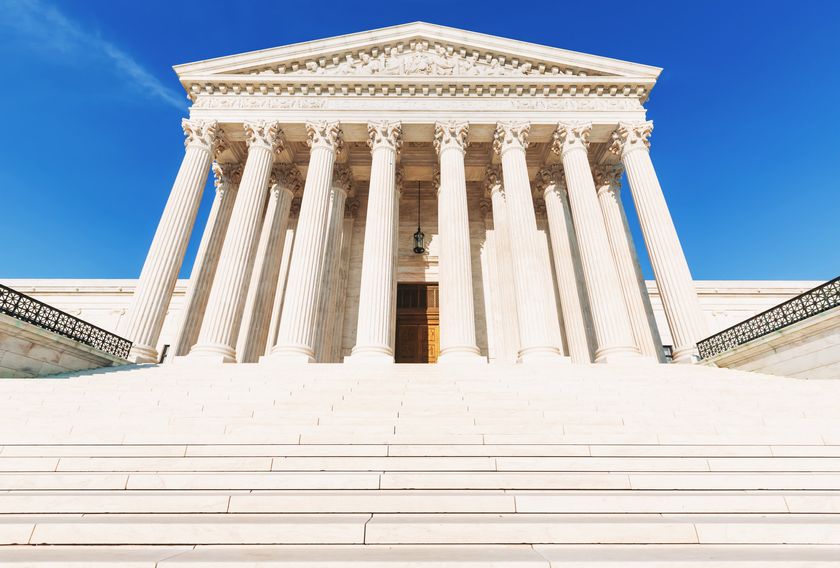- Categories :
- More
Cutting Back the NEPA Judicial Oak

It seems that the death of Chevron deference was not the end of agency deference. Almost a year after striking down Chevron deference, today the U.S. Supreme Court issued a decision on the role of judicial deference towards an agency’s fact and scope determinations. In an opinion penned by Justice Kavanaugh, the U.S. Supreme Court found that the U.S. Surface Transportation Board (the “Board”) rightfully excluded the environmental effects of upstream oil drilling and downstream oil refining when approving the construction of an 88-mile railroad line in Utah. Seven Cnty. Infrastructure Coal. v. Eagle Cnty., Colorado, 605 U. S. ____ (2025). Contrary to the D.C. Circuit’s decision, which found that the Board was required to evaluate these impacts, the Supreme Court held that the railway project’s Environmental Impact Statement (“EIS”) complied with the National Environmental Policy Act (“NEPA”) requirements, focusing on the procedural nature of NEPA and the “textually mandated focus on the proposed action.”[1]
Despite the strong language in the opinion, likening NEPA to an overgrown “judicial oak that has hindered infrastructure development under the guise of just a little more process,” and demanding “course correction,”[2] the decision still leaves open questions on scoping of EIS. The Court aligned some guiderails stating: “A relatively modest infrastructure project should not be turned into a scapegoat for everything that ensues from upstream oil drilling to downstream refinery emissions.”[3] But the Court also recognized that in certain circumstances, other projects may be interrelated enough in time or place to require consideration.
Acknowledging the gray area in defining the project, the Court is leaving the decision to the agencies stating:
When assessing significant environmental effects and feasible alternatives for purposes of NEPA, an agency will invariably make a series of fact-dependent, context-specific, and policy-laden choices about the depth and breadth of its inquiry—and also about the length, content, and level of detail of the resulting EIS. Courts should afford substantial deference and should not micromanage those agency choices so long as they fall within a broad zone of reasonableness.[4]
Thus, the Court is signaling a retreat from judicial interference in the scoping of a project under NEPA and voiced overall skepticism with the way NEPA has been interpreted in the past. Projects may draw parallels to this decision to justify the exclusion of upstream and downstream oil and gas impacts in their respective evaluations.
As mentioned, last June the Supreme Court ended Chevron deference in Loper Bright Enterprises v. Raimondo, 603 U.S. 369 (2024), which focused on an agency’s interpretation of legal ambiguities in federal statutes, which the Court held would now be subject to de novo review. In contrasting this case and Loper Bright, Justice Kavanaugh explained that while NEPA requires an EIS to be “detailed,” and it is the Court’s power to interpret the meaning of “detailed” (under Loper Bright), what details need to be included in an EIS is a question of fact that warrants deference to the agency. “The agency is better equipped to assess what facts are relevant to the agency’s own decision than a court is.”[5]
The Kean Miller environmental regulatory and industrial project teams are closely monitoring the impacts of this decision on currently pending EIS and developing projects.
[1] Decision at p. 16 (internal citation omitted, emphasis added).
[2] Decision at p. 13.
[3] Decision at p. 19.
[4] Decision at p. 12 (emphasis added).
[5] Decision at p. 10.
By Lauren Rucinski & Tod Everage











